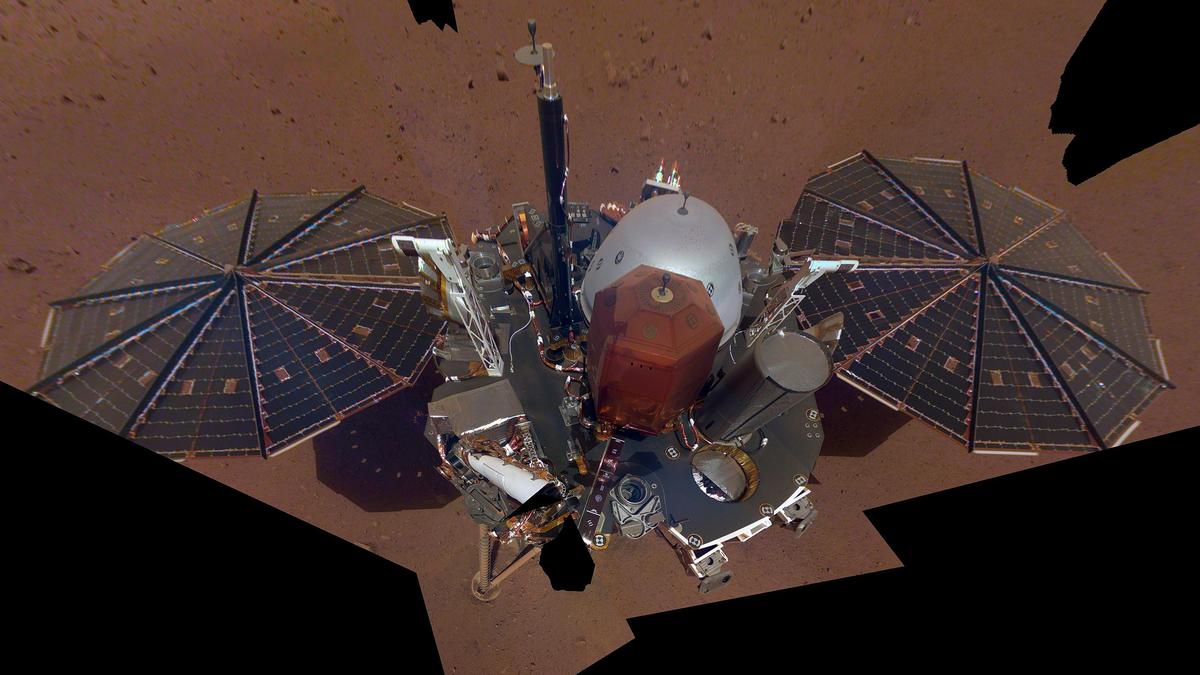Science quiz: Mars is more than just the red planet
Visual: Name this NASA mission that definitively recorded the first quakes on Mars as well as seismic waves in a layer 5.4 km below Mars’s surface.
START THE QUIZ
1 / 6 |
Name this NASA mission (shown on the picture) that definitively recorded the first quakes on Mars as well as, recently, that found seismic waves slow down in a layer 5.4 km below Mars’s surface.
2 / 6 |
The earth has blue skies during the day and red-orange sunsets whereas Mars has red-orange skies during the day and blue sunsets. This is because Rayleigh scattering dominates on the earth whereas X dominates on Mars. Name X.
3 / 6 |
Mars doesn’t have a global magnetic field today but scientists believe it did in the past. The evidence is in the form of the imprint of an ancient magnetic field recorded in _______ __________ available to study on the earth, such as ALH84001. Fill in the blanks.
4 / 6 |
Because Mars has no water on its surface, it has no ___ _____. Scientists adjusted by adopting an imaginary surface called the areoid as the reference surface on the planet. Fill in the blanks.
5 / 6 |
One of the features of the areoid (from Q3) is that the atmospheric pressure at this surface is only 610.5 pascal, which allows water to exist in its ______ _____: i.e. when its solid, liquid, and gas phases can coexist (depending on temperature). Fill in the blanks.
6 / 6 |
Scientists are not clear where Mars’s moons came from, although their similarity to certain asteroids suggests Mars captured them from the asteroid belt. Name the moons.
Published – May 14, 2025 05:00 pm IST
